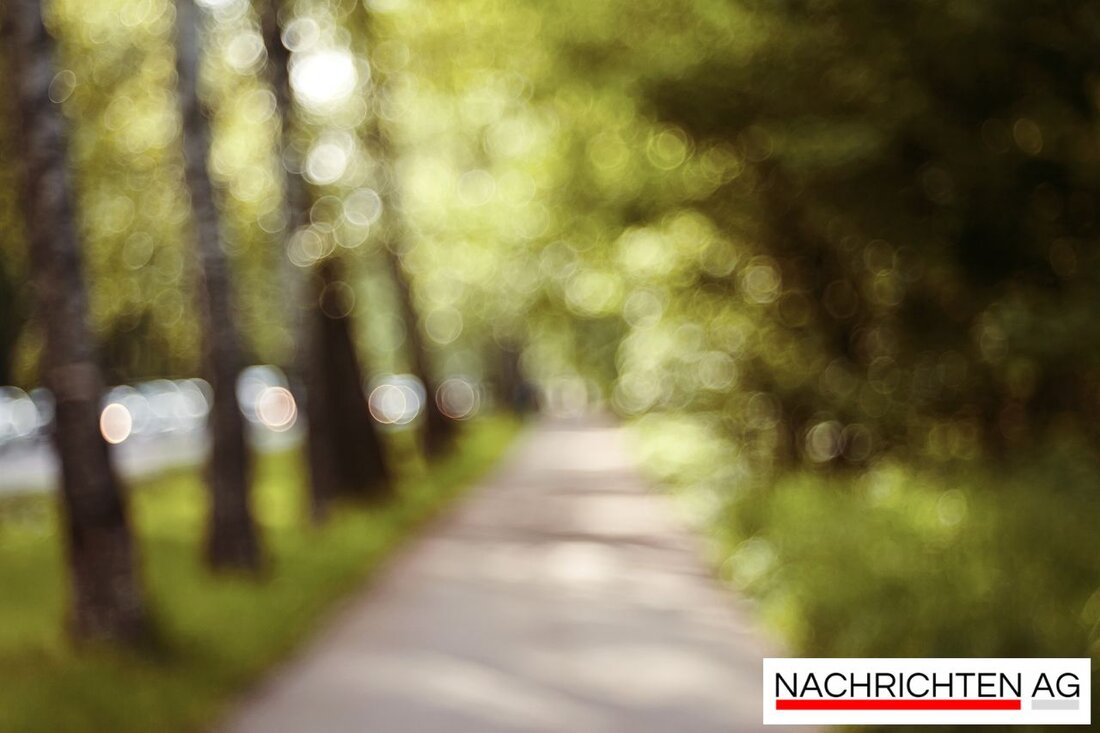For the first time: Exhibition of Steinbüchel art in Cologne delights visitors!
The exhibition about Heinrich Julius Steinbüchel in Cologne-Junkersdorf shows his works and their historical significance.

For the first time: Exhibition of Steinbüchel art in Cologne delights visitors!
In Cologne-Junkersdorf there was recently an exciting insight into the works of a unique artist. The siblings Constanze and Cord Steinbüchel and their father Heinz presented the works of Heinrich Julius Steinbüchel, who was born in Cologne in 1900. This exhibition, organized by the advertising agency Atelier Steinbüchel & Partner, showcased the artistic heritage of a family dating back to 1630 and established the connection between historical and contemporary art. Pressnetwork reports that the works of the former glass painter, who appeared with his imaginative drawings and watercolors from 1924, are placed in the context of Cologne's history by art historian Dr. Martina Langel was honored.
The original works on display were not only displayed, but also digitized and laminated behind acrylic glass on Dibond. Particularly exciting: two watercolors were provided with QR codes, which enabled visitors to experience the art in an interactive augmented reality environment. In this way, Cologne's beauty, fairy tales, the depiction of Mary with child and the challenges of the 1930s were made alive and tangible. Planet knowledge shows, that stained glass has a long tradition in Cologne and plays an important role in Gothic architecture, which uses light as a symbol of divine omnipotence.
Cologne's stained glass heritage
There are plenty of art historical treasures in Cologne, especially at Cologne Cathedral, where restorers fight every day against the deterioration of the stained glass. This work, which often takes place under difficult conditions, is necessary to preserve the play of light in Gothic architecture. The cathedral itself represents a portal to paradise in which the stained glass windows are interpreted as holy scriptures - bringing light into the hearts of believers and illustrating the wisdom of God. Planet knowledge describes also the large window rosettes, which contain original material that is around 300 years old and tell the stories of saints and biblical figures.
Other workshops are also important in the history of stained glass in Cologne, such as the stained glass workshop founded by Schneider and Schmolz in 1882. Between 1891 and 1908, she played a key role in the restoration and reconstruction of the windows in Cologne Cathedral. The workshop was known for its sacred colored glazing in the Rhineland and carried out numerous orders in various churches before it was no longer involved in the cathedral in 1908. Their high-quality work and awards reflected the importance and skill of the glass painters of their time Wikipedia represents.
A cross-generational legacy
Heinrich Julius Steinbüchel's exhibition not only refers to his own works, but also to his family's artistic tradition. His ancestor Martin Franz Aloys Steinbüchel was known as the publisher of the “Kölner Käs-Blättche” in the 19th century, which shows that creativity was highly valued in the family. Heinz Steinbüchel, who also contributed to the exhibition, is known for his illustrations and digital designs, while the next generation, represented by Konrad Steinbüchel, continues the artistic traditions.
With such an exhibition, the Steinbüchel family not only showcases their own creative talents, but also celebrates the rich history of stained glass and art in Cologne. A possible next-generation duo working together in a creative agency will certainly continue to enrich the art scene in Cologne in the future.

 Suche
Suche
 Mein Konto
Mein Konto